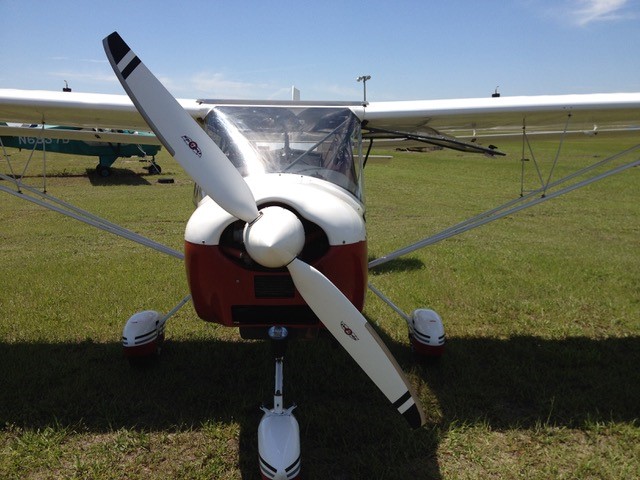

Take any of the trails that lead to the Myakka River, where breathtaking river views are the ultimate prize. This habitat is known for its warbler and vireo habitat where bromeliads hang in oak trees as Pileated Woodpeckers and Barred Owls find a protected haven here. Jelks Preserve is a treasure of a sanctuary with more than 600 acres of pine flatwoods, oak hammocks and wetlands bordering the Myakka River. More than 118 different species of birds have been found here, but spotting the threatened Florida Scrub Jay is the main attraction. Shamrock Park and Nature Center Shamrock Parkįlorida’s increasingly rare scrub habitat is protected in this coastal park ( Shamrock Park and Nature Center) providing a home to the Florida Scrub Jay, connected to the Venetian Waterway Trail with paved trails for easy access. Bordering Myakka River State Park, the Preserve is known for its range of natural plant communities drawing Herons, Egrets, Ibis, Ducks, Hawks, Bald Eagles, Sandhill Cranes, Vireos, and Owls, and these are just some of the species, but be on the lookout for plenty more. The Carlton Preserve is known for its variety of habitats including hardwood hammock, pine flatwoods, prairies and wetlands and is home to many local and wintering birds. Be on the lookout for nesting Bald Eagles, Wood Ducks, Frigates, Sandhill Cranes and Wood Storks. Take a coastal walk along the black mangrove forest bordering the Lemon Bay Aquatic Preserve and follow the pine flatwood trails for more inland bird watching. Upon arrival get a list of birds identified in the park. Not far from Indian Mound Park is the Lemon Bay Park and Environmental Center. Lemon Bay Park and Environmental Center Lemon Bay Park Indian Mound Park is another perfect spot to take a picnic meal with you while enjoying a lovely sunset. Consult the tide chart beforehand and watch for low tides where you’ll see a wide range of shorebirds including American oystercatchers, ruddy turnstones, and western sandpipers. The park is named for the midden marking the site of a village that was once home to ancient people who lived here and enjoyed the abundance of seafood. Head to Englewood’s Indian Mound Park situated on Lemon Bay, the waterway between Manasota Key and the mainland. Wrens, Woodpeckers, Herons, Ducks and even the elusive Kingfisher are spotted here.

Hike the north or south loops and you’re likely to spot birds darting through underbrush and brightly colored wildflowers. Pine flatwood forests, palmettos and marshes provide ample opportunities for wildlife and wading birds. Located off River Road and named for the river flowing through it, the Myakka State Forest is an ideal stop for the hearty outdoor enthusiast. There are many bird species found here, but especially be on the lookout for the Great Horned Owl and the Red Shouldered Hawk. Trails and bridges cross the scenic creek amongst wildlife and native Florida foliage. The Myakkahatchee Creek Environmental Park, known for its biking trails under ancient oaks and native Florida pines along the scenic Myakkahatchee Creek is also ideal for hiking and admiring nature. The community of North Port attracts outdoor enthusiasts with its thick oak and pine canopies, natural preserves and acres of forests. Myakkahatchee Creek Environmental Park Myakkahatchee Creek

Whether an amateur, seasoned birder or just a nature lover, grab your binoculars and enjoy the plethora of birds arriving daily for the annual migration south. North Port, Englewood and Venice all provide prime birding spots with a wide range of natural habitats for our feathered friends.Īnd you don’t have to be an expert to enjoy bird watching. Limpkins, Herons, egrets, ducks and grebes, Crested Caracara, Roseate Spoonbill, and Swallow-Tailed Kites are just a handful of species found here.īut there are many other birding locations in Sarasota County, some part of Florida’s Great Birding Trail, a connected network that extends over 2,000 miles statewide. In Sarasota, the Celery Fields is best known for its marsh that provides viewing for more than 200 species. Here there are more than 300 known species of local and migratory birds attracted by Southwest Florida’s temperate climate, unique wetlands and forested habitats. Sarasota County is nationally recognized as one of the premier birding areas in the country.


 0 kommentar(er)
0 kommentar(er)
